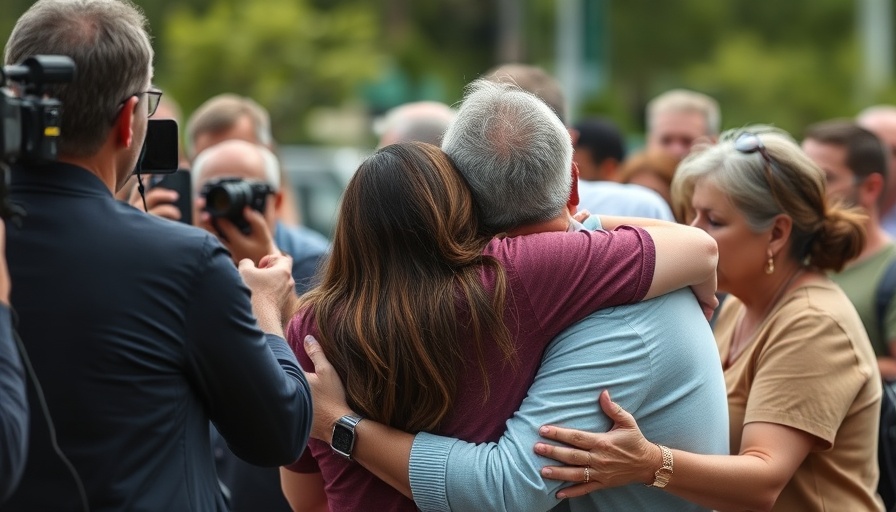
Remembering the Red Lake Shootings: A Community's Pain
Twenty years ago, tragedy struck Red Lake, Minnesota, leaving an indelible mark on the community. The Red Lake shootings, which occurred on March 21, 2005, remain the deadliest school shooting in the state's history, claiming ten lives—including six students, a teacher, and a security guard, in addition to the shooter himself. The aftermath of this harrowing event has not only shaped laws and policies regarding school safety but also sparked conversations around mental health and community support systems.
The Ripple Effect of Trauma
The impact of the Red Lake shootings extended far beyond the school grounds, rippling throughout Minnesota and the nation. Survivors and families of victims experienced profound grief—a grief that is often compounded for indigenous communities. As stories of loss circulated in the years following the event, they highlighted not just individual tragedies but the collective trauma affecting the Red Lake Nation and similar communities across the country. Sharing these stories fosters an understanding of how deeply interconnected our experiences of loss are and honors the memories of those lost.
How the Community Responded
In the wake of the tragedy, the Red Lake community banded together, demonstrating resilience and solidarity. Community forums and support groups emerged, allowing families to process their grief collectively. The Red Lake Nation, along with various organizations, prioritized mental health support for survivors and their families, paving the way for ongoing discussions about trauma-informed care in schools and communities nationwide. This response illustrates the importance of communal healing in times of crisis.
A Cultural Shift Towards Mental Health Awareness
As our society grapples with the haunting memories of such tragedies, there has been a noticeable cultural shift towards mental health awareness. The Red Lake shootings served as a wake-up call, prompting discussions not only regarding school safety but also the mental wellness of students. Initiatives promoting open dialogues about mental health, accessible counseling, and preventative measures have gained traction, advocating for a supportive environment where students feel safe discussing their struggles. The importance of understanding mental health among youth is now recognized, shifting away from the stigmas that once prevailed.
Progress and Challenges Ahead
While significant strides have been made in advocating for mental health resources and campus safety protocols, challenges still remain. The balance between safety and community support continues to be a tightrope walk for educators and policy-makers. Regular training on crisis intervention and suicide prevention have become essential in schools across Minnesota, seeking to foster safer environments while encouraging healthy emotional outlets for students.
Reflecting on the past, the lessons learned from the Red Lake shootings urge us to prioritize our young people's mental health. Now more than ever, embracing conversations around these issues not only commemorates the lives lost but also empowers future generations to live freely and without fear.
 Add Row
Add Row  Add
Add 




Write A Comment